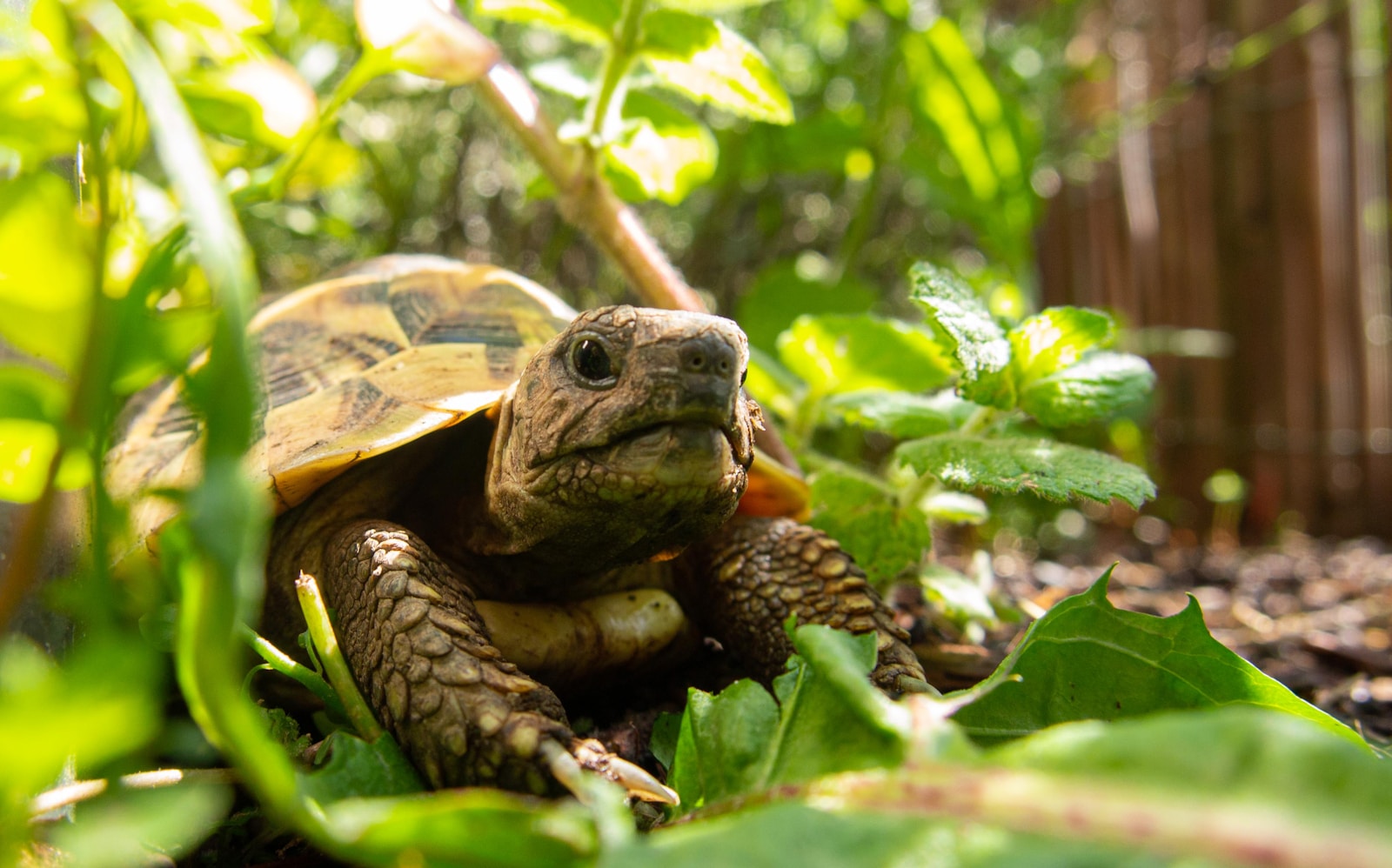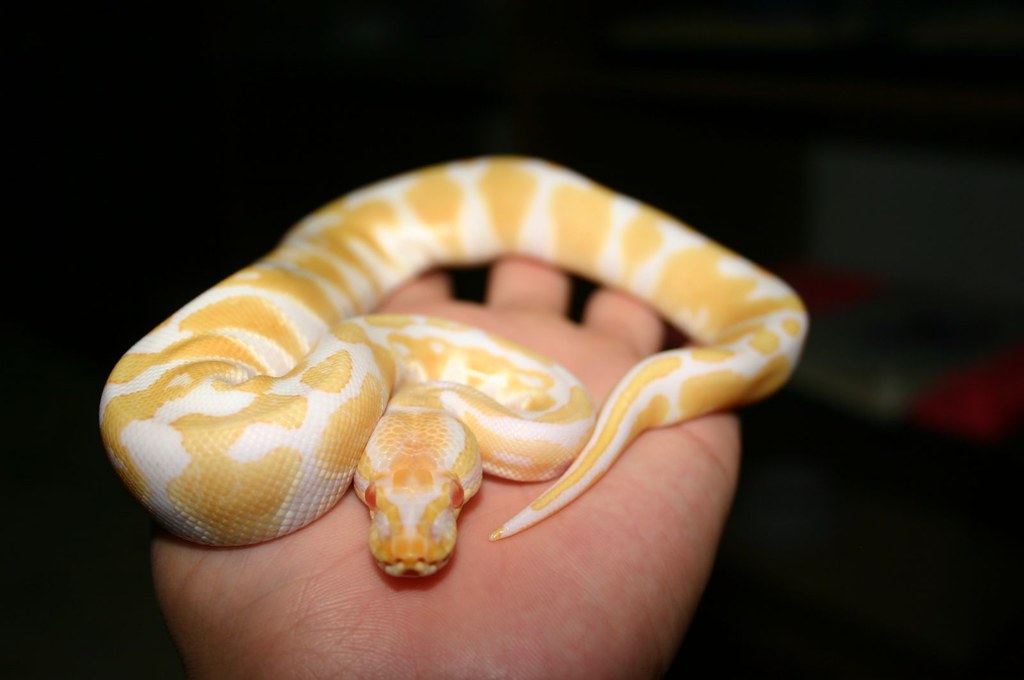Turtles and tortoises have fascinated humans for centuries, appearing in folklore, mythology, and as beloved pets in homes worldwide. Despite their popularity, these reptiles remain some of the most misunderstood creatures, with numerous misconceptions clouding public perception. From their lifespans to their dietary needs, the misinformation surrounding these shelled reptiles can lead to improper care and unrealistic expectations. This article aims to debunk the most persistent myths about turtles and tortoises, providing accurate information based on scientific understanding. Whether you’re a current chelonian owner, considering adoption, or simply curious about these remarkable animals, understanding the truth behind these common misconceptions will deepen your appreciation for these ancient creatures.
Myth 1: All Turtles and Tortoises Are the Same Species
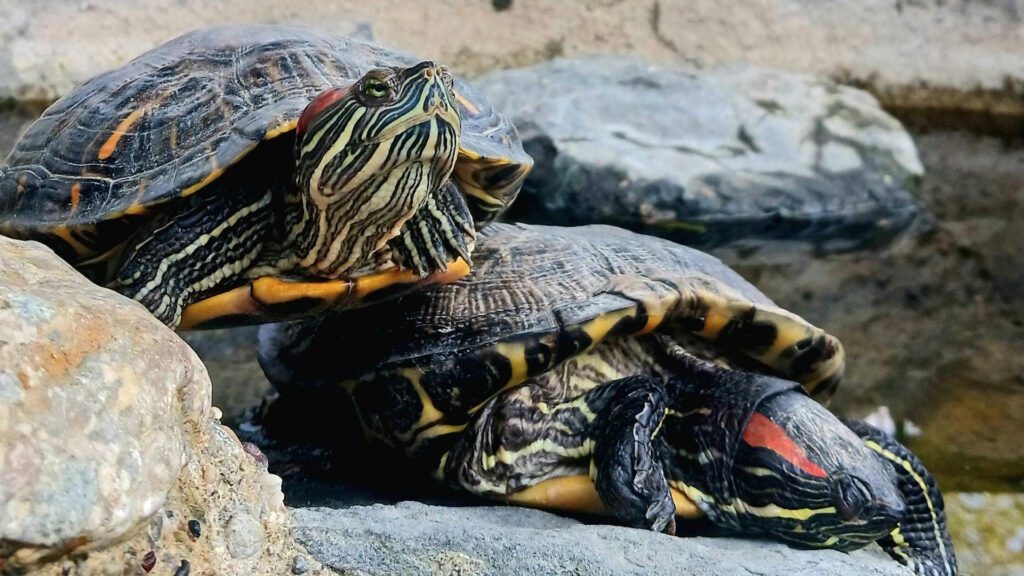
Perhaps the most fundamental misconception is that the terms “turtle” and “tortoise” are interchangeable, referring to the same type of animal. In reality, while all tortoises are technically turtles, not all turtles are tortoises—tortoises represent a specific subset of the turtle family. The main difference lies in their habitats and adaptations: tortoises are primarily land-dwelling with elephant-like feet, while aquatic turtles have webbed feet or flippers for swimming. There are approximately 360 species of turtles worldwide, including tortoises, sea turtles, and freshwater varieties, each with unique characteristics and requirements. Understanding these distinctions is crucial for proper care, as housing a water turtle in a desert environment or vice versa can lead to serious health issues.
Myth 2: Turtles Stay Small Forever
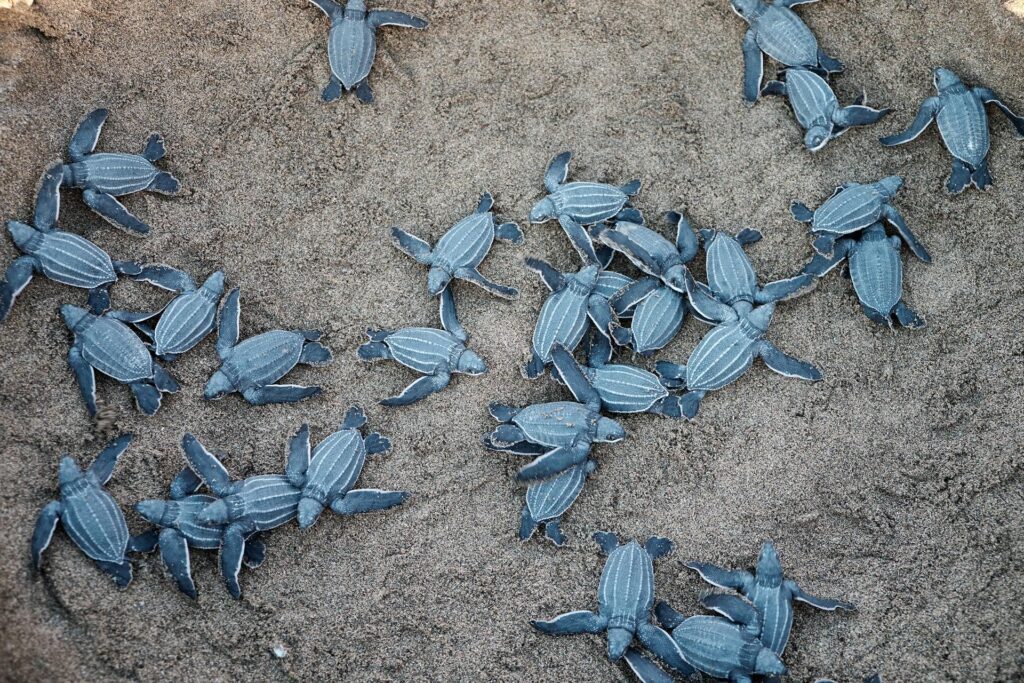
Many people purchase cute, quarter-sized baby turtles without realizing they won’t remain tiny forever. This misconception has led to countless abandoned pets when owners find themselves unprepared for their growth. Common pet species like the Red-eared Slider can grow from a 1-inch hatchling to a shell length of 10-12 inches as adults, requiring significantly larger habitats. Even more dramatic is the Sulcata tortoise, often sold as a palm-sized baby but capable of reaching 100-200 pounds with a shell length of 24-30 inches in adulthood. Before acquiring any turtle or tortoise, prospective owners should research the adult size of their chosen species and ensure they can provide appropriate space throughout the animal’s life. The small tanks sold with baby turtles in pet stores are almost always insufficient for their long-term needs.
Myth 3: Turtles Don’t Need Much Space
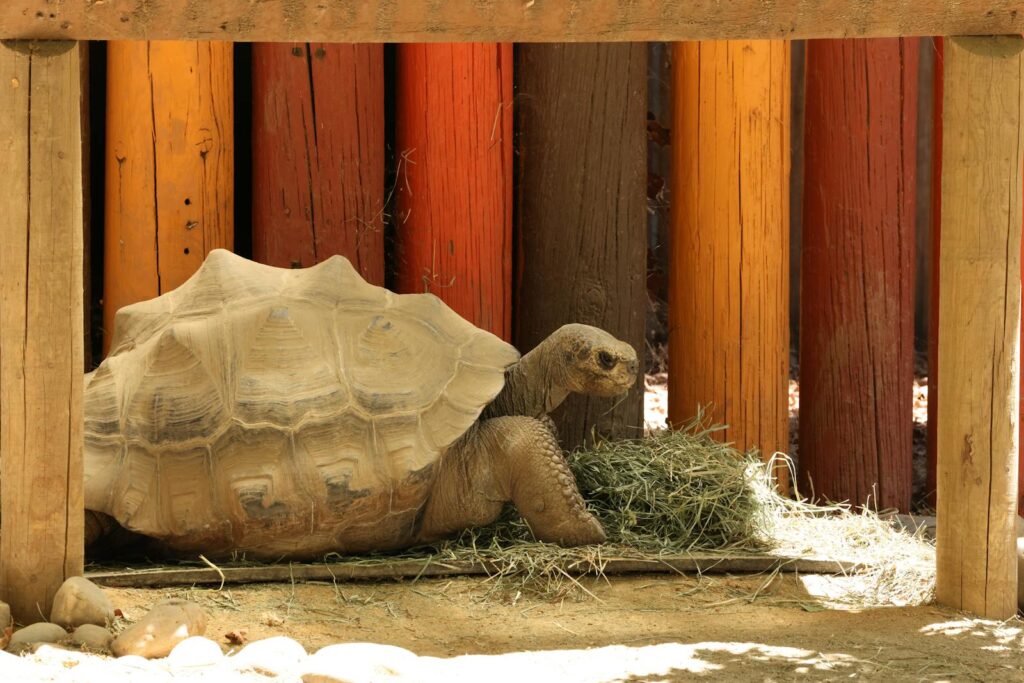
Contrary to popular belief, turtles and tortoises require substantial space to thrive, not just survive. The cramped glass bowls depicted in cartoons and sometimes marketed for “turtle homes” are woefully inadequate and constitute animal cruelty. Aquatic turtles need tanks with water volume calculated at 10 gallons per inch of shell length as a minimum, plus additional dry basking areas. Land tortoises need even more space—many species should ideally have access to outdoor enclosures measuring hundreds of square feet. Restricted movement in too-small enclosures leads to obesity, muscle atrophy, shell deformities, and psychological stress in these animals. Even smaller species like Box Turtles benefit from enclosures that allow them to explore, dig, climb, and engage in natural behaviors, making spatial requirements one of the most important considerations for potential owners.
Myth 4: Turtles Don’t Need Special Lighting or Heating
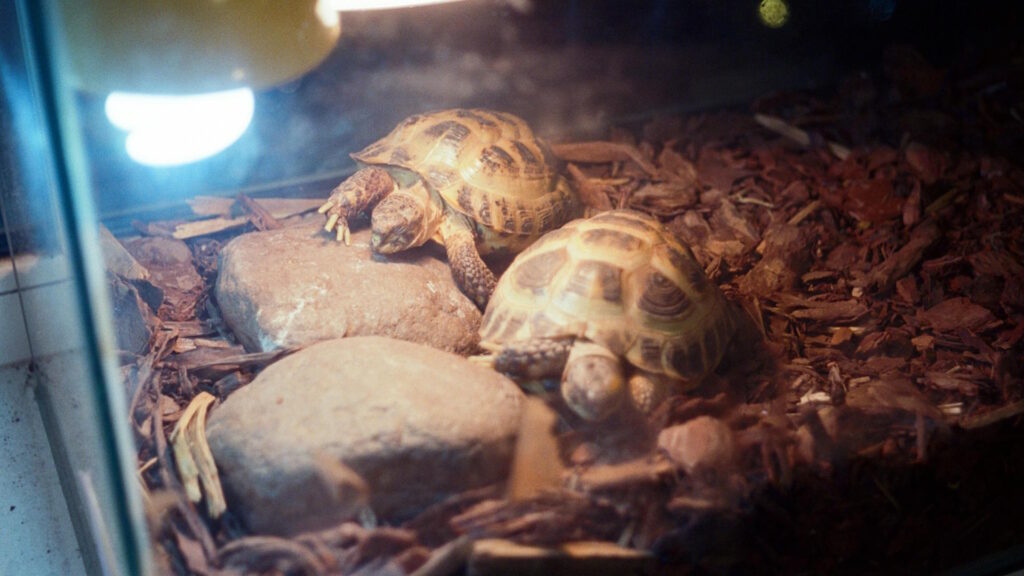
A dangerous misconception is that turtles and tortoises can thrive at room temperature with standard lighting. In reality, these reptiles are ectothermic (cold-blooded), meaning they rely on external heat sources to regulate their body temperature and metabolic functions. Most species require a temperature gradient in their habitat, with a warm basking spot (80-100°F depending on the species) and cooler areas for thermoregulation. Additionally, they need UVB lighting to synthesize vitamin D3, which is essential for calcium metabolism and shell health. Without proper UVB exposure, turtles develop metabolic bone disease, which causes shell softening, deformities, and can ultimately be fatal. Even species kept outdoors in sunny climates may need supplemental heat during cold seasons, making proper environmental management a non-negotiable aspect of responsible turtle and tortoise care.
Myth 5: Turtles Only Need Lettuce to Survive
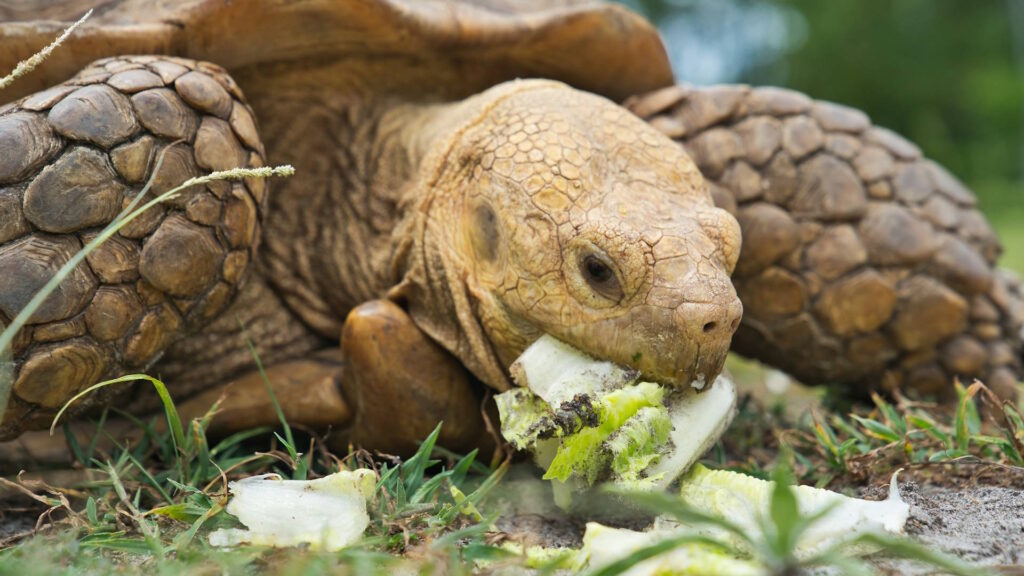
The belief that turtles can subsist on a diet of lettuce or simple commercial pellets is a harmful oversimplification that leads to nutritional deficiencies. Different species have vastly different dietary requirements—aquatic turtles tend to be omnivorous, requiring a mix of commercial turtle food, fresh vegetables, and protein sources like fish or insects. Most land tortoises are primarily herbivorous but need a varied diet of leafy greens, vegetables, and occasional fruits, with specific calcium-to-phosphorus ratios for proper shell development. Some species have highly specialized needs: for instance, the Pancake Tortoise requires a fiber-rich diet, while the Red-footed Tortoise naturally consumes fallen fruits and carrion. Understanding and providing species-appropriate nutrition is critical for preventing common health issues like shell pyramiding, vitamin deficiencies, and organ failure that result from improper diets.
Myth 6: Turtles Don’t Need Veterinary Care
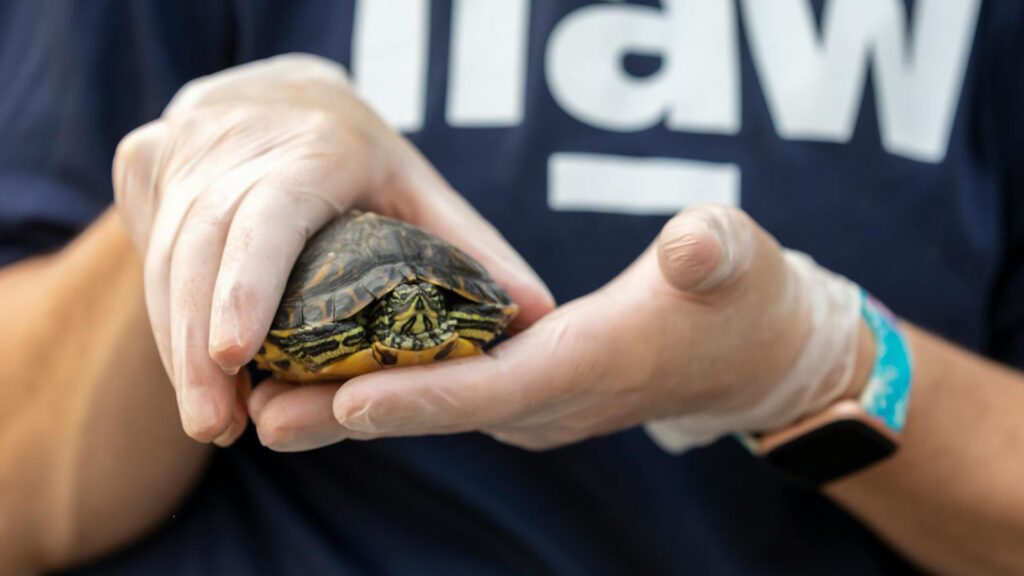
The misconception that turtles and tortoises are maintenance-free pets that never need veterinary attention puts countless chelonians at risk every year. These animals are masters at hiding illness until conditions become severe, making regular veterinary check-ups essential for early detection of health problems. Respiratory infections, shell rot, parasitic infections, and vitamin deficiencies are common issues that require professional intervention. Additionally, not all veterinarians are trained in reptile medicine, making it important to find an exotic animal specialist for proper care. Annual examinations should include weight assessments, parasite screenings, and evaluations of shell health, particularly for growing juveniles who are susceptible to developmental issues. The notion that turtles are “hardy” often leads owners to delay seeking treatment until conditions become critical and more difficult to treat.
Myth 7: All Turtles Hibernate in Winter

While many temperate species undergo a period of dormancy during cold months, the belief that all turtles and tortoises hibernate is inaccurate and potentially dangerous if applied incorrectly. Brumation (the reptile equivalent of hibernation) is species-specific and depends on the animal’s natural habitat—tropical and subtropical species like Red-footed Tortoises and Sulcatas should never be hibernated as they lack the physiological adaptations for this process. Even for species that naturally brumate, like Russian Tortoises or Box Turtles, proper preparation is essential, including veterinary checks, gradual temperature reduction, and appropriate hibernation conditions. Forcing inappropriate species to brumate or mismanaging the process can lead to respiratory infections, starvation, and death. Pet owners should thoroughly research their specific species’ natural cycles and consult with reptile veterinarians before attempting to brumate their animals.
Myth 8: Turtles Don’t Feel Pain or Emotions
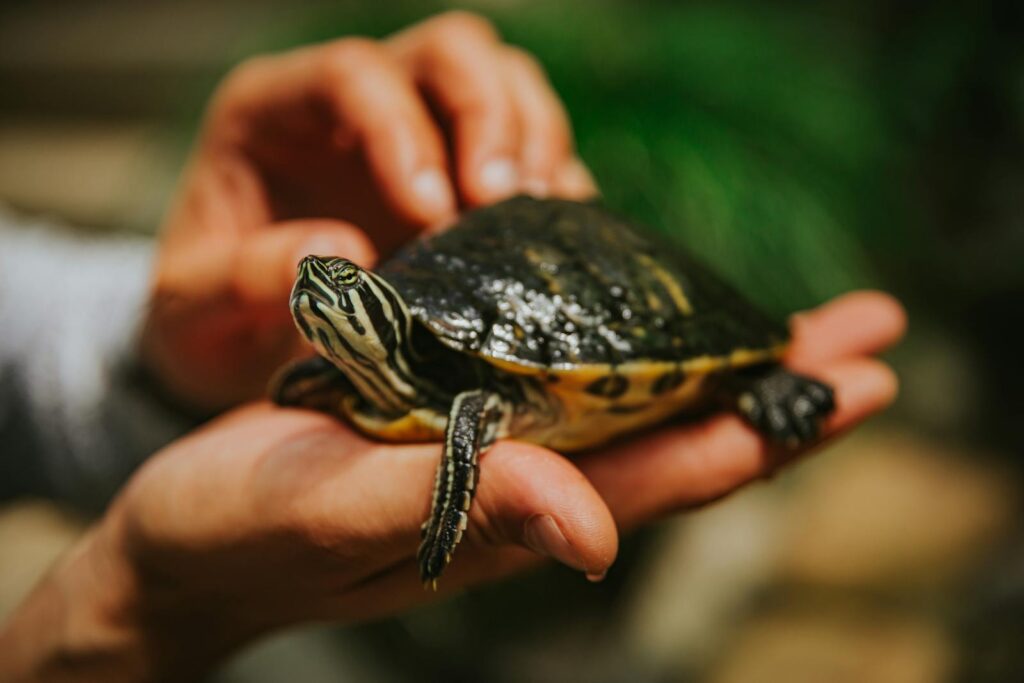
The outdated notion that reptiles are “primitive” creatures incapable of feeling pain or emotional states has been thoroughly debunked by modern research. Turtles and tortoises possess complex nervous systems that process pain signals, as evidenced by their behavioral responses to injuries, infections, and invasive procedures. Beyond physical sensations, studies have demonstrated that these animals can experience stress, fear, and even forms of pleasure, with many species showing clear preferences for certain foods, environmental features, or even individual caretakers. Captive turtles often display distinct personalities, with some being shy and others bold or curious, contradicting the stereotype of reptiles as unfeeling automatons. This understanding has important implications for welfare, suggesting that proper enrichment, gentle handling, and attention to behavioral cues indicating discomfort are essential components of humane turtle and tortoise care.
Myth 9: Releasing Pet Turtles Into the Wild Is Humane
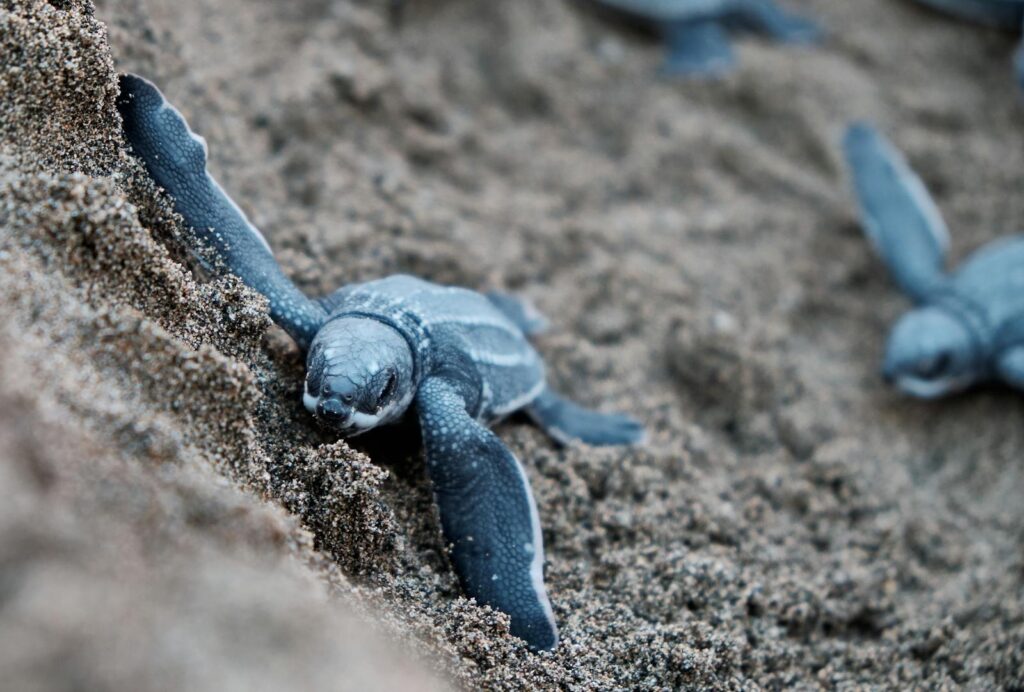
When faced with the long-term commitment of turtle ownership, some people mistakenly believe that releasing unwanted pets into local ponds or natural areas is a kind solution. This practice is not only potentially fatal for the released animal but can also constitute ecological vandalism. Captive-bred or long-term captive turtles often lack the survival skills needed in the wild and may die from predation, starvation, or exposure to extreme temperatures. Additionally, non-native species releases have caused severe ecological disruption in many regions, with Red-eared Sliders becoming invasive on multiple continents where they outcompete native species for resources. Released pet turtles can also introduce diseases to wild populations, as seen with ranavirus and mycoplasma infections that have devastated some wild turtle communities. The proper solution for unwanted turtles is rehoming through reptile rescues or specialized adoption programs, never release into the wild.
Myth 10: Turtles Can Live Without Water
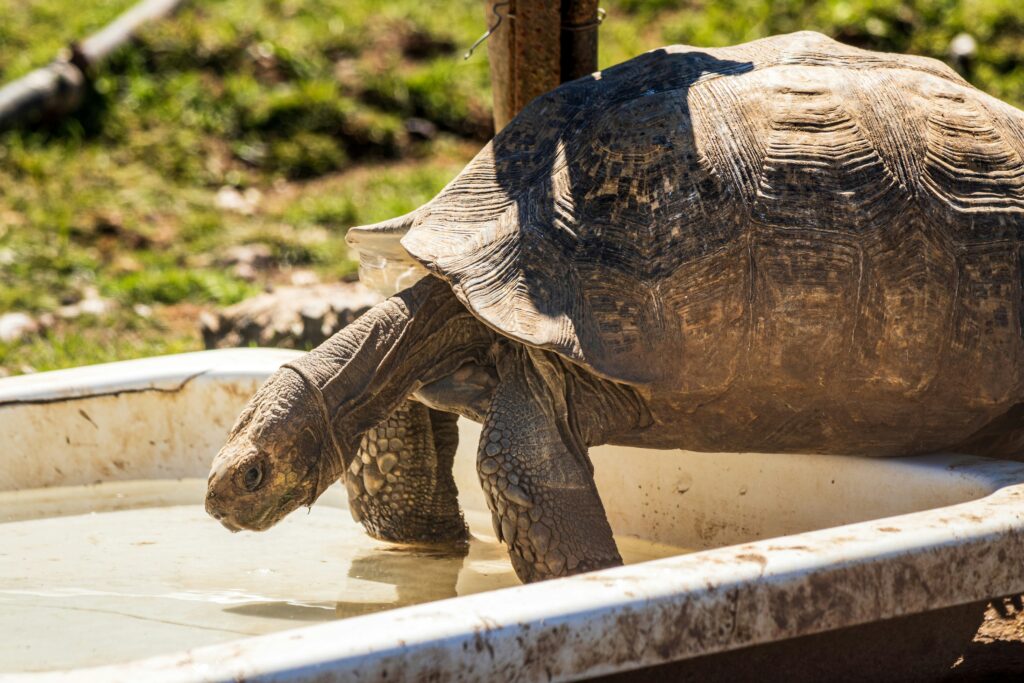
The assumption that all chelonians, particularly tortoises, can survive with minimal water is dangerously incorrect and has led to dehydration in countless pets. While desert tortoises have evolved to conserve water, they still require regular access to fresh drinking water and occasional soaking to maintain hydration and kidney function. Aquatic and semi-aquatic turtles have even higher water requirements, needing not only water for swimming but also for eating, as many species can only swallow food underwater. Chronic dehydration in turtles and tortoises manifests as lethargy, sunken eyes, thick mucus in the mouth, and eventually kidney failure. Even humidity levels play a crucial role, with forest-dwelling species requiring ambient humidity of 70-80% to prevent respiratory issues and shell problems. Regular soaking sessions are recommended for most species, even those adapted to arid environments, to ensure proper hydration and help flush the renal system.
Myth 11: Turtles Only Live for a Few Years
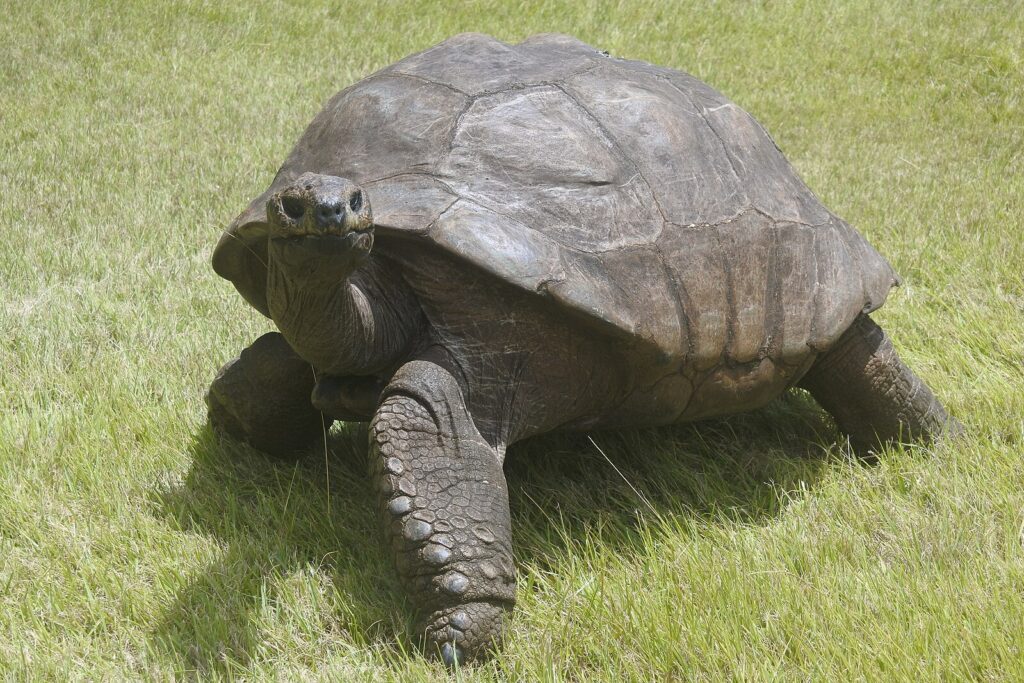
Perhaps one of the most pervasive misconceptions is that turtles have short lifespans similar to other small pets like hamsters or mice. In reality, most chelonian species are extraordinarily long-lived, with many common pet turtles easily reaching 30-40 years with proper care. Some tortoise species, such as Aldabras and Galapagos, can live well over 100 years, potentially outliving their owners and even their owners’ children. This longevity creates significant ethical considerations for potential owners, who must plan for decades of appropriate care or make arrangements for the animal’s future. The notion of turtles as temporary pets often stems from experiences with specimens that died prematurely due to improper care, particularly the small aquatic turtles sold as novelties that frequently succumb to poor conditions within a few years despite having natural lifespans of several decades.
Myth 12: Turtle Shells Are Insensitive Like Fingernails

Many people mistakenly believe that a turtle’s shell is an insensitive structure similar to human fingernails, leading to inappropriate handling and decoration of shells. In reality, turtle and tortoise shells are living tissue composed of modified ribs and vertebrae covered by keratinized scutes, all containing blood vessels and nerve endings. Turtles can feel when their shells are touched, scratched, or damaged, and injuries to the shell can cause pain and serious health complications. The practice of painting turtle shells, though unfortunately still common in some places, is harmful as it can block essential UVB absorption, introduce toxins, and prevent normal shell growth. Similarly, drilling holes in shells for tethering or decoration causes pain and creates entry points for infections. Veterinary studies have confirmed that turtles demonstrate pain responses when their shells are injured, definitively disproving the myth of the insensitive shell.
Myth 13: Keeping a Turtle in Small Container Prevents It From Growing Too Large
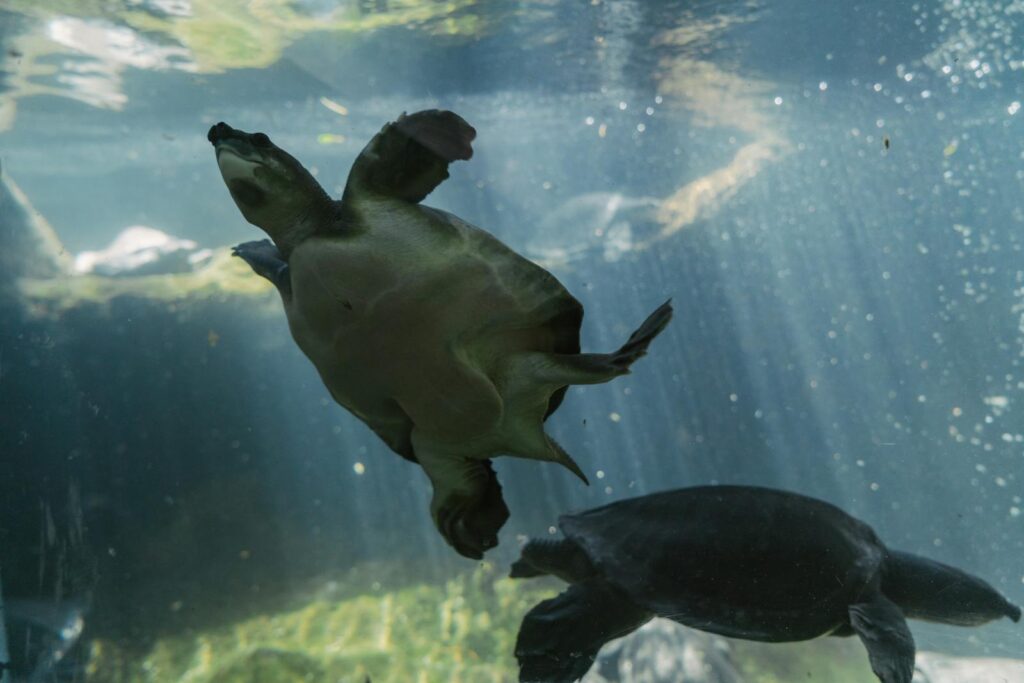
A persistent and cruel myth suggests that keeping turtles in restrictive containers will limit their growth to the size of their enclosure. This misconception has led to countless cases of stunted, deformed animals suffering from severe health issues. While restrictive environments can indeed limit growth, this occurs not through natural adaptation but through the pathological processes of malnutrition, muscle atrophy, and metabolic disorders. Turtles kept in too-small spaces typically develop soft shells from lack of proper bone development, spine and leg deformities from improper positioning, and compromised immune systems from chronic stress. Rather than remaining “appropriately” small, these animals are effectively suffering from failure to thrive. The ethical approach is to provide appropriate space that accommodates the turtle’s adult size or to choose a naturally smaller species if space is limited, rather than attempting to artificially restrict an animal’s natural development.
Myth 14: All Turtles Carry Salmonella and Are Dangerous Pets
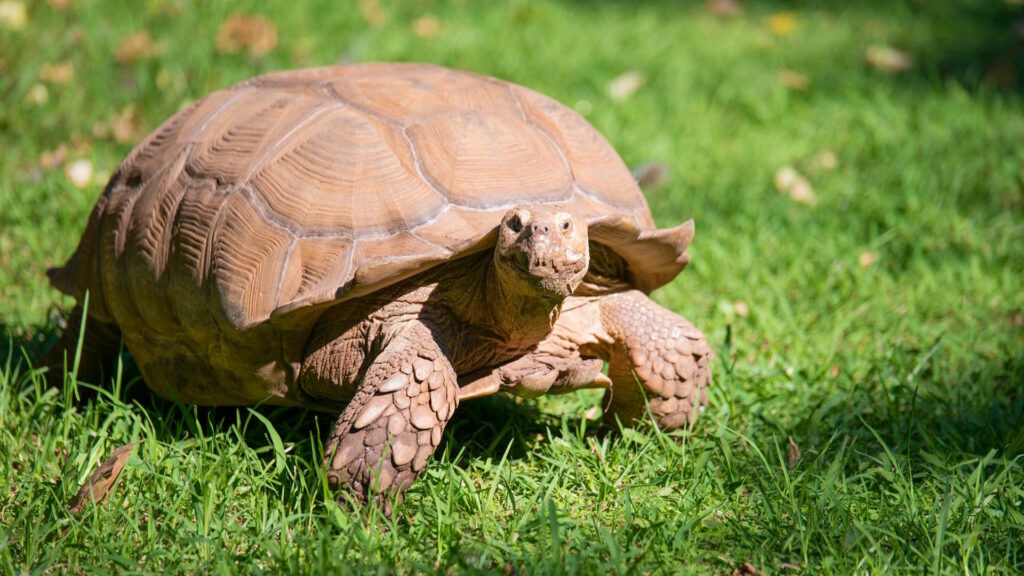
While it’s true that turtles, like many reptiles, can carry Salmonella bacteria, the perception that they are uniquely dangerous disease vectors is exaggerated and has fueled unnecessary fear. The risk of Salmonella transmission can be effectively managed through proper hygiene practices, including thorough handwashing after handling turtles or cleaning their habitats, keeping turtles out of food preparation areas, and supervising young children during interaction with these pets. The FDA’s ban on selling turtles under 4 inches, instituted in 1975 to prevent Salmonella infections in children, has created the impression that turtles are particularly hazardous, despite the fact that many common pets including dogs, cats, and birds can also transmit various diseases to humans. With appropriate precautions, the health risks associated with keeping turtles are comparable to those of other pets, making education about hygiene more important than blanket warnings against turtle ownership.
Conclusion: Embracing the Truth About Our Shelled Friends
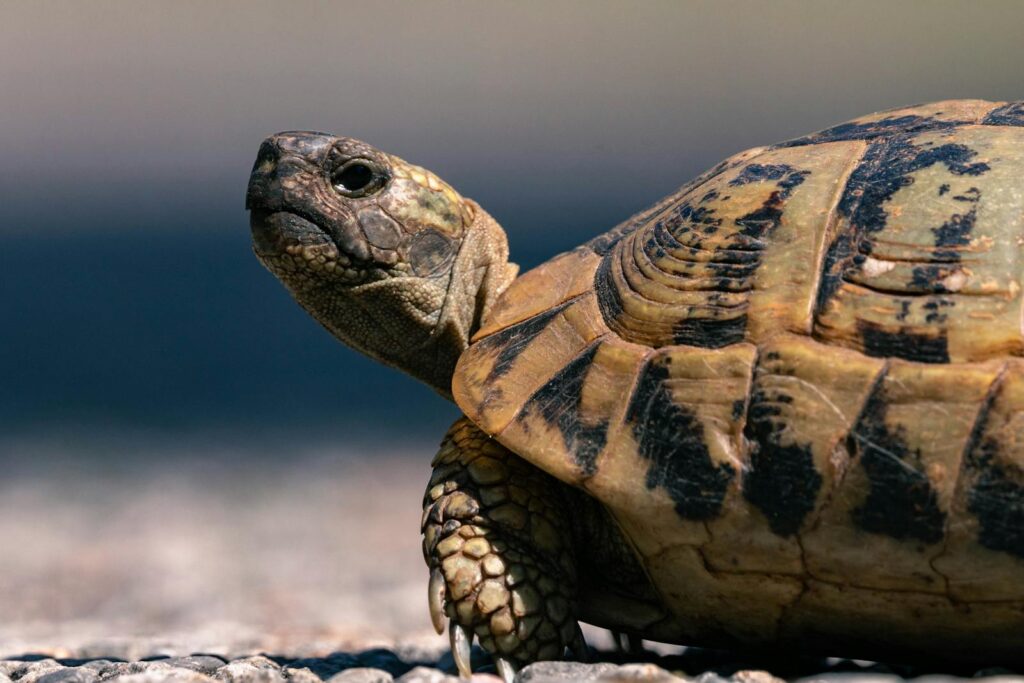
Debunking these myths about turtles and tortoises reveals the remarkable complexity of these ancient reptiles and highlights the responsibility that comes with their care. Far from being simple, maintenance-free pets that can be kept in small containers with minimal attention, chelonians are complex animals with specific needs for space, nutrition, lighting, temperature, and veterinary care. They possess surprising capacities for longevity, sensory perception, and individual behavior patterns that demand our respect and appropriate husbandry practices. By replacing misconceptions with accurate information, we can ensure better lives for captive turtles and tortoises while deepening our appreciation for their wild counterparts. Whether encountered in nature or welcomed into our homes, these fascinating creatures deserve to be understood on their own terms, not through the lens of persistent myths that diminish their remarkable adaptations and requirements.

